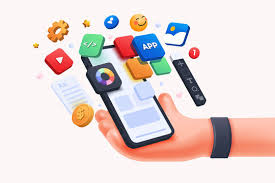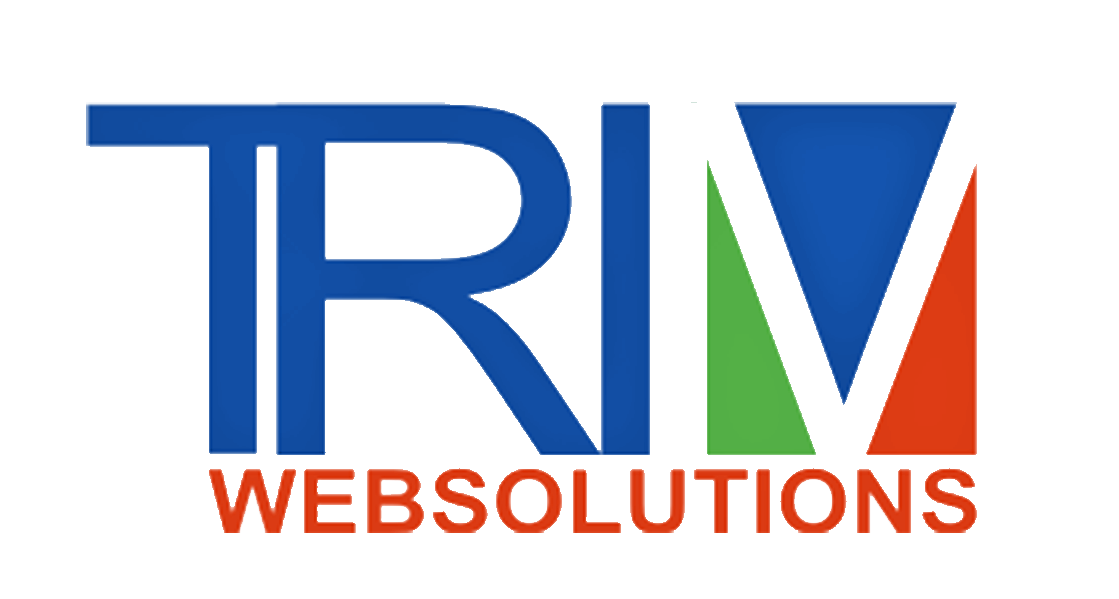Mobile App Development

Mobile App Development: A Complete Guide
Mobile app development is the process of designing, creating, testing, and deploying applications for mobile devices such as smartphones and tablets. With billions of mobile users worldwide, mobile apps have become essential for businesses, entertainment, healthcare, and communication. This guide explores key aspects of mobile app development, including platforms, technologies, frameworks, and best practices.
What is Mobile App Development?
Mobile app development involves creating software applications that run on mobile devices. These apps can be developed for different platforms, primarily:
-
Android Development – Apps designed for Android devices using Java, Kotlin, or frameworks like Flutter and React Native.
-
iOS Development – Apps created for Apple’s iOS ecosystem using Swift or Objective-C.
-
Cross-Platform Development – Apps built using frameworks like Flutter, React Native, and Xamarin to work on both Android and iOS.
Types of Mobile Apps
Mobile applications fall into different categories based on development approach and functionality:
-
Native Apps – Built specifically for Android or iOS, offering high performance and seamless user experience.
-
Hybrid Apps – Developed using web technologies (HTML, CSS, JavaScript) and wrapped in a native container for cross-platform functionality.
-
Web Apps (PWAs) – Progressive Web Apps that function like native apps but run in web browsers.
Key Technologies in Mobile App Development
Developers use various programming languages, tools, and frameworks to build mobile apps. Some essential technologies include:
Programming Languages:
-
Swift & Objective-C – For iOS app development.
-
Java & Kotlin – For Android app development.
-
Dart (Flutter), JavaScript (React Native), C# (Xamarin) – For cross-platform development.
Development Frameworks:
-
Flutter – Google’s UI toolkit for cross-platform app development.
-
React Native – A JavaScript-based framework for building native-like mobile apps.
-
Xamarin – A Microsoft-powered framework using C# for cross-platform apps.
-
Ionic & Cordova – For hybrid app development using web technologies.
Backend & Database Technologies:
-
Node.js, Firebase, Django, Laravel – Backend solutions for handling app logic and data processing.
-
MongoDB, MySQL, PostgreSQL – Databases for storing user data.
Mobile App Development Process
The development of a mobile app follows a structured process to ensure efficiency, quality, and user satisfaction.
-
Planning & Research – Identifying the target audience, defining app objectives, and selecting the right platform.
-
UI/UX Design – Creating wireframes, prototypes, and interactive designs for a seamless user experience.
-
Development – Writing clean, scalable code using the chosen programming languages and frameworks.
-
Testing & Debugging – Conducting functional, performance, and security testing to ensure a bug-free experience.
-
Deployment – Publishing the app on Google Play Store and Apple App Store.
-
Maintenance & Updates – Regular updates, bug fixes, and feature enhancements to keep the app relevant.
Best Practices for Mobile App Development
-
User-Centric Design – Prioritizing UI/UX to enhance user experience.
-
Performance Optimization – Reducing app load times and improving responsiveness.
-
Security Implementation – Encrypting data, using authentication methods, and following security best practices.
-
Offline Functionality – Enabling app usage even without an internet connection.
-
App Store Optimization (ASO) – Optimizing app listings with keywords, descriptions, and visuals for better discoverability.
Challenges in Mobile App Development
Despite its benefits, mobile app development comes with challenges such as:
-
Device Fragmentation – Ensuring compatibility across multiple devices and screen sizes.
-
Security Risks – Protecting sensitive user data from cyber threats.
-
Performance Optimization – Reducing battery consumption and memory usage.
-
App Store Guidelines – Complying with Apple and Google’s policies for approval.
Future Trends in Mobile App Development
The mobile app industry is continuously evolving with emerging trends such as:
-
AI & Machine Learning – Enhancing apps with smart recommendations and automation.
-
5G Technology – Enabling faster performance and low-latency applications.
-
Augmented Reality (AR) & Virtual Reality (VR) – Creating immersive experiences for gaming, shopping, and education.
-
Wearable & IoT Integration – Expanding app functionality to smartwatches and connected devices.
Conclusion
Mobile app development is a dynamic and rapidly growing field, offering limitless opportunities for businesses and developers. By choosing the right technologies, following best practices, and staying updated with industry trends, developers can create high-performance, user-friendly, and secure mobile applications that enhance digital experiences.
21 0 7
Write a Comments
* Be the first to Make Comment















